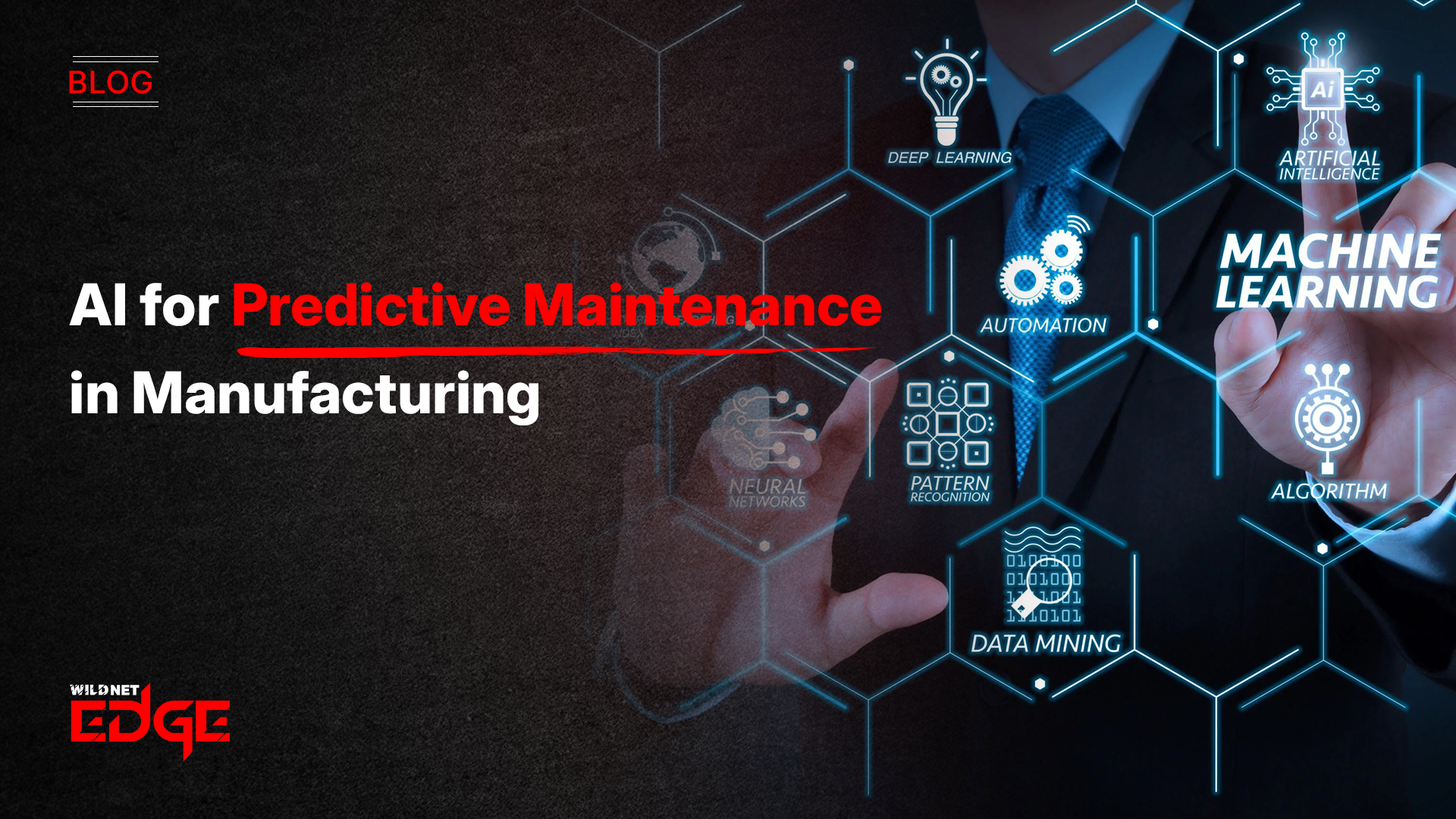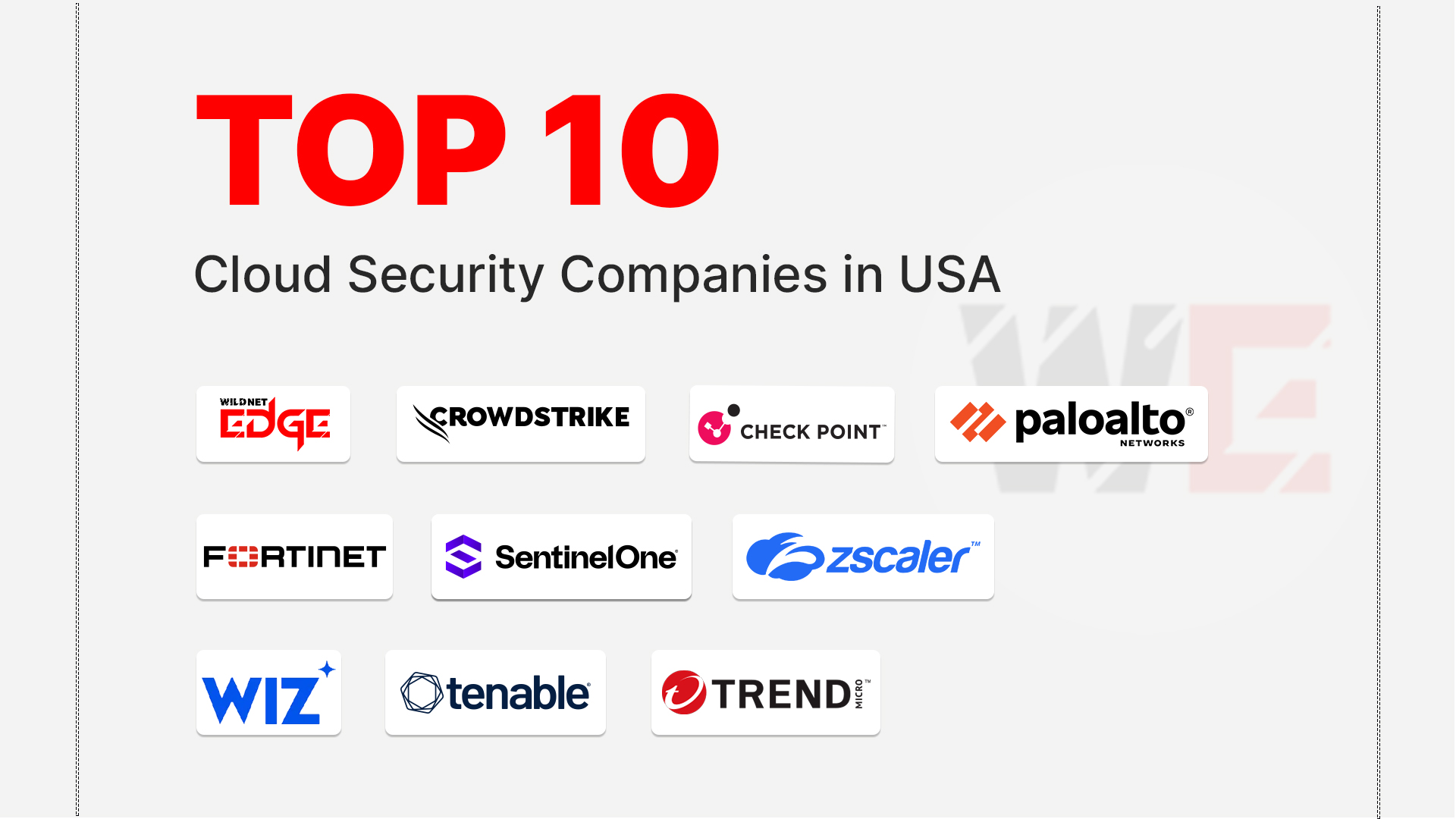Ever had a costly machine breakdown halt your entire production line? That nagging fear of unexpected equipment failure keeps many manufacturing leaders up at night. What if you could predict these failures before they happen? Predictive Maintenance AI is transforming how manufacturers stay ahead—using smart data from IoT sensors to save time, money, and headaches. In this post, I’ll show you how this powerful tech can keep your operations running smoothly and boost your bottom line.
Understanding Equipment Failure Prediction
Equipment failure prediction is a proactive approach that identifies potential breakdowns before they occur, enabling timely maintenance interventions. For manufacturers, this means preventing unplanned stoppages and costly repairs—two challenges that have long plagued traditional maintenance strategies.
Traditional maintenance methods typically fall into two categories: reactive and preventive. Reactive maintenance waits for something to break before fixing it, resulting in unexpected downtime and emergency repair costs. On the other hand, preventive maintenance schedules servicing based on fixed time intervals or usage metrics, which can lead to unnecessary maintenance tasks and missed detection of sudden faults.
Predictive maintenance, powered by AI, fills the gap by continuously assessing the actual condition of equipment to predict failure with a high degree of accuracy. This shift from time-based or reactive to condition-based maintenance dramatically improves uptime. Instead of guesswork, maintenance teams receive data-driven insights allowing them to plan interventions only when genuinely necessary.
Manufacturers leveraging Predictive Maintenance AI have reported up to 30-40% reduction in maintenance costs and up to 50% decline in downtime. This predictive capability is especially critical as production lines become more complex and have less tolerance for unexpected disruptions.
By focusing on equipment failure prediction, manufacturers can:
- Extend asset lifecycles
- Reduce spare parts inventory
- Enhance worker safety by avoiding breakdowns
- Improve product quality and delivery reliability
The bottom line: Predictive Maintenance AI transforms maintenance from a costly overhead into a strategic advantage.
Leveraging IoT Sensors for Predictive Maintenance
At the heart of equipment failure prediction lies IoT sensors, which generate continuous streams of real-time data from manufacturing assets. These sensors act as the digital senses of machines, capturing critical parameters such as vibration, temperature, pressure, humidity, and electrical currents.
Some of the most common IoT sensors used in predictive maintenance include:
- Vibration sensors: Detect anomalies in rotating equipment like motors, pumps, and turbines. Unusual vibration patterns often precede mechanical failures like bearing wear or misalignment.
- Temperature sensors: Monitor overheating or abnormal thermal patterns that signal friction, lubrication failure, or electrical short circuits.
- Acoustic sensors: Capture sound signatures to uncover changes caused by cracks, leaks, or air/gas flow issues.
- Pressure sensors: Track hydraulic or pneumatic system integrity; sudden drops or spikes often indicate leaks or blockages.
- Current sensors: Analyze electrical consumption patterns revealing motor inefficiencies or impending component failures.
These sensors are typically embedded directly onto or inside equipment, networked via industrial-grade connectivity protocols such as 5G, Wi-Fi 6, or LPWAN to ensure low latency and high data reliability.
Once collected, the sensor data feeds into Predictive Maintenance AI models. This raw information is cleaned, normalized, and transformed into meaningful features to detect patterns or anomalies. The AI then correlates sensor inputs with known failure modes, historical trends, and operating conditions to forecast potential equipment malfunction before it happens.
For manufacturers, this real-time insight means:
- Early detection of hidden faults not visible to human inspection
- Reduced reliance on manual data logging and subjective judgments
- Continuous health monitoring of even the most complex assets
- Enhanced ability to plan maintenance without interrupting production
In 2025, the synergy between IoT sensor expansions and AI advancements is stronger than ever, enabling manufacturing leaders to build a data-rich foundation for reliable equipment failure prediction.
How Predictive Maintenance AI Works
Predictive Maintenance AI is a sophisticated combination of machine learning, data analytics, and domain expertise translating raw sensor data into actionable insights that prevent failure.
Here’s an overview of how it works in practice:
- Data Collection: IoT sensors transmit massive volumes of operational data in real time. This multi-modal data can be structured (temperature readings) or unstructured (audio signals).
- Data Preprocessing: AI pipelines clean the data to remove noise, fill gaps, and normalize values. Feature engineering techniques extract relevant indicators such as moving averages, trend coefficients, or frequency-domain characteristics.
- Model Training: Using historical failure and maintenance records, machine learning algorithms (e.g., supervised learning models like Random Forests or deep learning neural networks) learn to associate sensor data patterns with specific types of faults or breakdown stages.
- Anomaly Detection: Unsupervised learning models continuously scan live data streams to identify deviations from expected behavior indicative of early damage.
- Prediction Generation: The AI system predicts the likelihood and timing of failures, often expressed as Remaining Useful Life (RUL) estimates or probability scores.
- Decision Support: Insights are delivered via intuitive dashboards or automated alerts, helping maintenance teams prioritize tasks and optimize scheduling.
For example, a motor exhibiting gradually increasing vibration frequency coupled with a temperature spike over several days can trigger an early warning, allowing for preemptive bearing replacement before catastrophic failure occurs.
Modern industries are integrating these AI-driven workflows with existing Enterprise Resource Planning (ERP) and Manufacturing Execution Systems (MES), closing the loop between prediction and maintenance execution. This seamless integration further reduces downtime, improves technician productivity, and lowers costs.
An effective Predictive Maintenance AI solution must also adapt to changing operating conditions, equipment upgrades, and new sensor types. Continuous model retraining and edge AI deployment—processing data near the source on factory floors—are key performance boosters in 2025’s manufacturing environments.
Advanced Trends and Future of Predictive Maintenance AI
The evolution of Predictive Maintenance AI is closely tied to broader Industry 4.0 innovations and advances in computing power.
Some of the most exciting trends shaping the future include:
- Edge Computing for Real-Time Analytics: By running AI models directly on IoT edge devices, manufacturers reduce latency and bandwidth needs. Real-time diagnostics and instant anomaly detection enable immediate intervention, reducing the risk of minor faults escalating.
- Integration with Digital Twins: Digital twins—virtual replicas of physical assets—combine sensor data with AI to create dynamic simulations. This allows for “what-if” scenario testing and optimized maintenance planning with unprecedented accuracy.
- AI Explainability and Transparency: In regulated sectors like aerospace and pharmaceuticals, understanding why AI predicts a failure is critical. New tools enhance model interpretability, helping maintenance teams trust AI recommendations and comply with standards.
- Hybrid AI Models: Combining physics-based models with machine learning further refines predictions by incorporating engineering principles, improving forecast reliability under complex conditions.
- Augmented Reality (AR) for Maintenance Support: AR interfaces integrated with predictive alerts guide technicians through repairs with step-by-step visual instructions tailored to immediate equipment status.
- Expanded Sensor Ecosystems: Advances in sensor technology—such as chemical sensors detecting lubricant degradation or biosensors monitoring environmental factors—broaden failure prediction scopes.
Looking ahead to 2025 and beyond, these advancements mean that Predictive Maintenance AI will not only predict failures more accurately but also enable autonomous maintenance strategies where machines can self-diagnose and self-heal.
Manufacturers investing in these technologies today will gain long-term competitive advantages through improved equipment reliability, cost savings, and operational agility.
Conclusion
Predictive Maintenance AI is no longer just an option; it’s a necessity for manufacturers committed to minimizing downtime and maximizing efficiency. By embracing IoT sensor data and cutting-edge AI technology, businesses can predict equipment failure before it disrupts their workflow.
WildnetEdge stands out as a trusted partner offering robust AI-driven predictive maintenance solutions tailored for manufacturing excellence. Their platform combines powerful AI algorithms with extensive IoT sensor integration to deliver real-time, actionable insights that keep production lines running optimally.
Ready to transform your maintenance strategy? Connect with WildnetEdge today and stay one step ahead of equipment failure—saving your operation time, money, and stress.
FAQs
Q1: What is predictive maintenance AI in manufacturing?
Predictive maintenance AI uses artificial intelligence and sensor data to forecast equipment failures before they occur, helping manufacturers reduce downtime and maintenance costs.
Q2: How do IoT sensors contribute to equipment failure prediction?
IoT sensors continuously monitor machine conditions—such as temperature, vibration, and pressure—providing real-time data that AI models analyze to predict potential failures.
Q3: What are the benefits of using predictive maintenance AI over traditional methods?
Predictive maintenance AI enables early fault detection, reduces unplanned downtime, optimizes maintenance schedules, and lowers operational costs compared to reactive or scheduled maintenance.
Q4: Can predictive maintenance AI integrate with existing manufacturing systems?
Yes, modern predictive maintenance AI platforms are designed to integrate seamlessly with current manufacturing infrastructure and IoT ecosystems for streamlined operations.
Q5: How is WildnetEdge involved in predictive maintenance AI solutions?
WildnetEdge provides advanced, customizable AI-driven predictive maintenance tools that leverage IoT sensor data to help manufacturers prevent equipment failure and improve operational efficiency.

Nitin Agarwal is a veteran in custom software development. He is fascinated by how software can turn ideas into real-world solutions. With extensive experience designing scalable and efficient systems, he focuses on creating software that delivers tangible results. Nitin enjoys exploring emerging technologies, taking on challenging projects, and mentoring teams to bring ideas to life. He believes that good software is not just about code; it’s about understanding problems and creating value for users. For him, great software combines thoughtful design, clever engineering, and a clear understanding of the problems it’s meant to solve.
 sales@wildnetedge.com
sales@wildnetedge.com +1 (212) 901 8616
+1 (212) 901 8616 +1 (437) 225-7733
+1 (437) 225-7733































